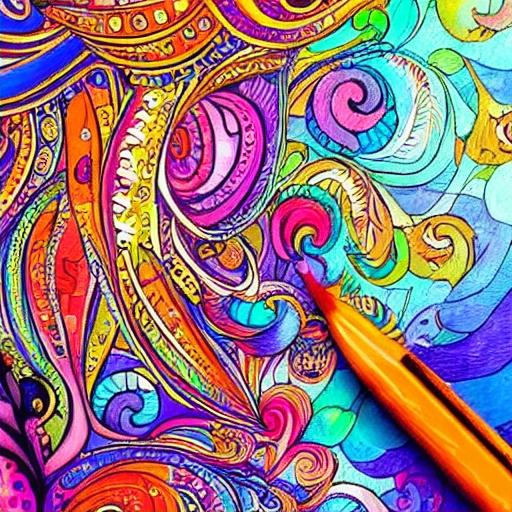When NFTs burst onto the digital scene, they quickly became a hot topic of conversation. From art to music, sports to memes, it seemed like everything was being tokenized and sold as a non-fungible token (NFT). But where did this trend originate?
The concept of NFTs can be traced back to the early 2010s, with the introduction of the Bitcoin blockchain. Bitcoin, the first decentralized cryptocurrency, brought with it the idea of creating a digital asset that could not be easily duplicated or tampered with. However, while Bitcoin introduced the concept of fungible tokens, which can be exchanged on a like-for-like basis, it was the Ethereum blockchain that paved the way for non-fungible tokens.

In 2015, Ethereum, a decentralized platform that enables the creation of smart contracts, was launched. This groundbreaking platform allowed developers to build decentralized applications (dApps) on top of it. One of the key features of Ethereum was the ability to create and trade unique digital assets, which eventually became known as NFTs.
The true breakthrough for NFTs came in 2017 with the launch of CryptoKitties, a blockchain-based game that allowed users to collect and breed digital cats. Each cat was a unique token stored on the Ethereum blockchain, making it impossible to replicate or counterfeit. CryptoKitties quickly gained popularity, causing congestion on the Ethereum network and highlighting the potential of NFTs.
With the success of CryptoKitties, artists, musicians, and creators of all kinds started exploring the possibilities of NFTs. The ability to create and sell unique digital assets opened up new revenue streams for creators who had previously struggled to monetize their work in the digital space.
In 2021, the NFT market exploded, reaching new heights as high-profile artists, celebrities, and brands got involved. In March of that year, the artist Beeple sold an NFT artwork for a record-breaking $69 million at a Christie’s auction. This event thrust NFTs into the mainstream conversation and sparked a frenzy of interest in the space.
NFTs have since become a powerful tool for artists, allowing them to retain ownership and control over their digital creations. Through NFT marketplaces, artists can sell directly to collectors, removing the need for intermediaries and expanding their reach to a global audience.
Despite the excitement and potential of NFTs, there are also concerns and challenges surrounding the space. Environmental impact, copyright issues, and the involvement of fraudsters are just a few of the criticisms that have emerged. However, as the technology evolves, efforts are being made to address these concerns and create a more sustainable and secure ecosystem for NFTs.
